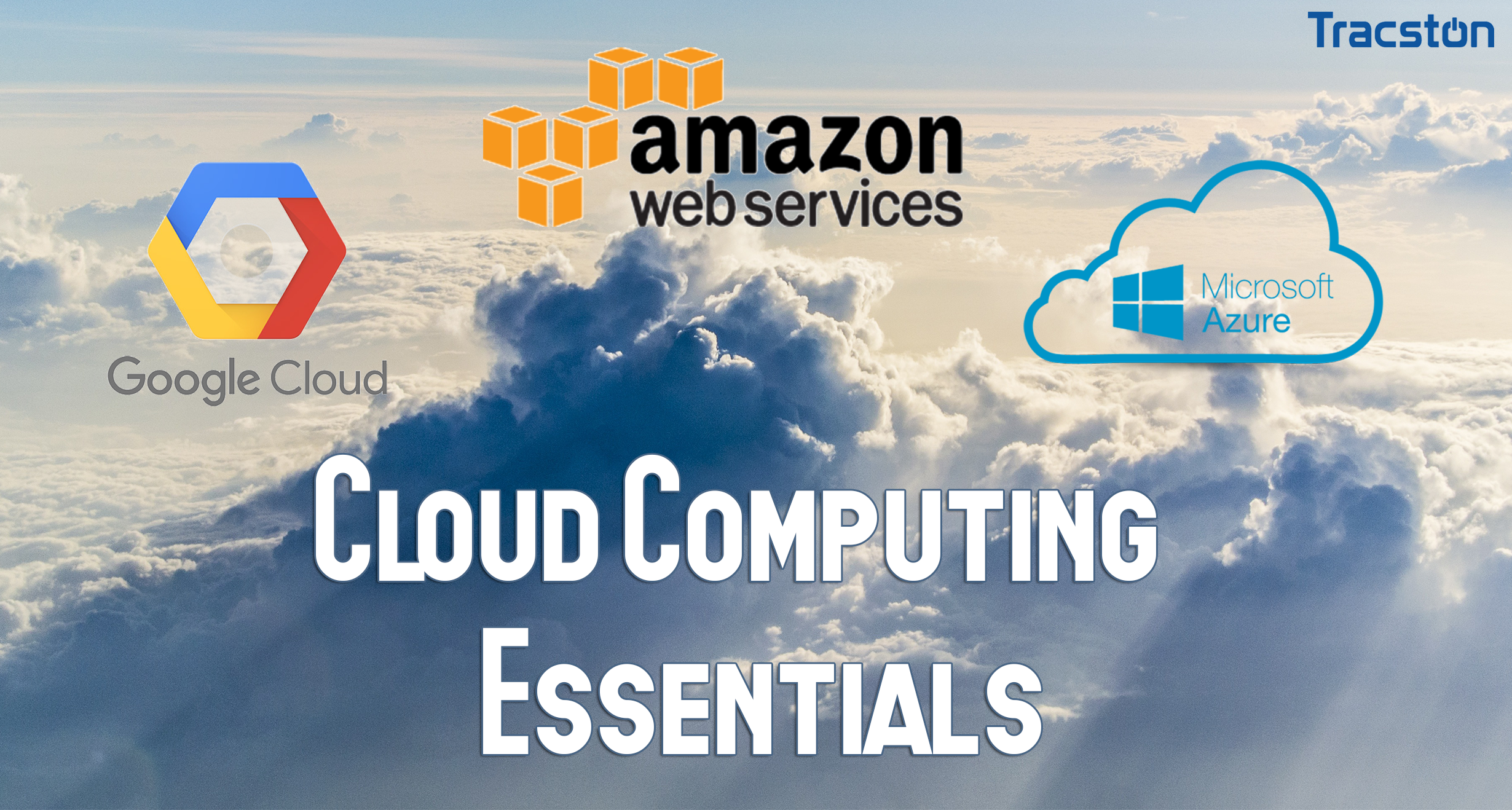The cloud is a term referring to accessing computer, information technology (IT), and software applications through a network connection, often by accessing data centers using wide area networking (WAN) or Internet connectivity.
By moving your IT infrastructure and resources to the cloud you can benefit with cost savings, mobility, security and easy collaboration.
Cloud computing boasts several attractive benefits for businesses and end users.
Main benefits of cloud computing are:
- Self-service provisioning: End users can spin up compute resources for almost any type of workload on demand. This eliminates the traditional need for IT administrators to provision and manage compute resources.
- Elasticity: Companies can scale up as computing needs increase and scale down again as demands decrease. This eliminates the need for massive investments in local infrastructure, which may or may not remain active.
- Pay per use: Compute resources are measured at a granular level, enabling users to pay only for the resources and workloads they use.
- Workload resilience: Cloud service providers often implement redundant resources to ensure resilient storage and to keep users’ important workloads running — often across multiple global regions.
- Migration flexibility: Organizations can move certain workloads to or from the cloud — or to different cloud platforms — as desired or automatically for better cost savings or to use new services as they emerge.
Cloud computing deployment models (private, public or hybrid)
- Private cloud services are delivered from a business’s data center to internal users. This model offers the versatility and convenience of the cloud, while preserving the management, control and security common to local data centers.
- Public cloud model, a third-party cloud service provider delivers the cloud service over the internet. Services are sold on demand, typically by the minute or hour, or even long-term commitments. Customers only pay for the CPU cycles, storage or bandwidth they consume.
- Hybrid cloud is a combination of public cloud services and an on-premises private cloud, with orchestration and automation between the two. Companies can run mission-critical workloads or sensitive applications on the private cloud and use the public cloud to handle workload bursts or spikes in demand.
For more information check the course page:
“Cloud Computing Essentials course for Amazon AWS, Microsoft Azure and Google Cloud computing”:

